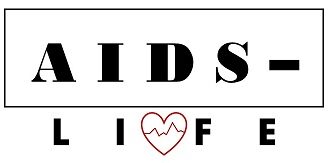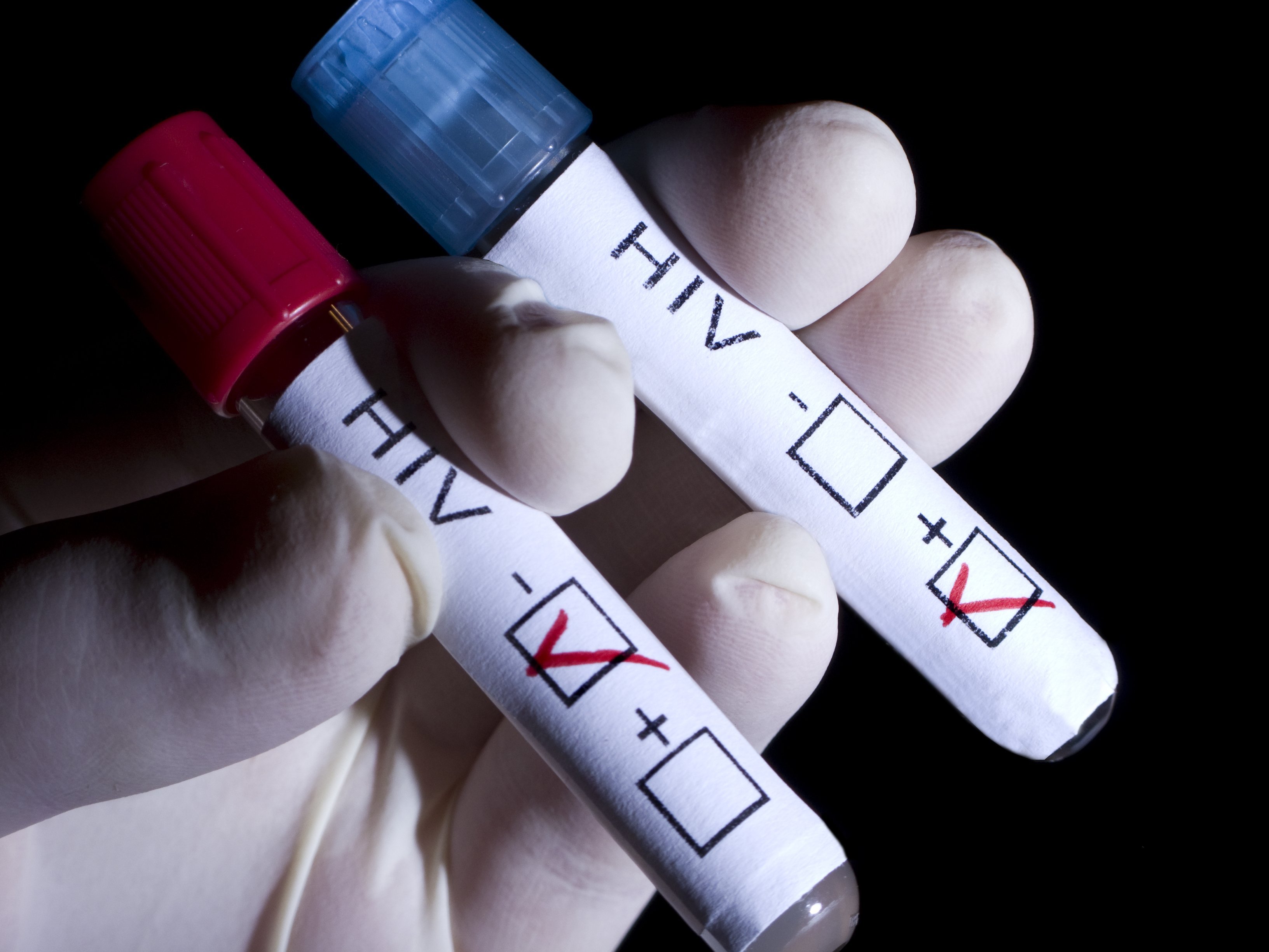False negative HIV test result: reasons
A false negative result is a test result showing that a person does not have HIV infection when in fact they do.
Most often, false-negative HIV test results occur when people are tested in the first few weeks after infection during the window period . During this time, the markers of HIV infection (p24 antigen and antibodies) that the tests look for may be absent or insufficient to detect. Therefore, not all types of HIV tests can give reliable results during the seronegative window.
After the end of the seronegative window for HIV infection, false-negative test results are extremely rare in people who are not taking antiretroviral drugs.
The accuracy of an HIV test is determined by characteristics such as sensitivity and specificity. Sensitivity is a measure of the test's performance in testing people who have HIV, while specificity reflects the test's performance in people who do not have HIV. Most modern HIV tests are sensitive (more than 99%) and specific (more than 99%) in detecting long-term HIV infection.
For example, when using antibody tests (3rd generation) to detect HIV infection, only 0.3% (3 tests per 1000) will be false negative after 3 months. With 4th generation tests this percentage is even lower.
Therefore, if an HIV test does not detect the presence of the virus in a person’s body 3 months after the suspected infection, the result is interpreted as negative.
To some extent, the likelihood of getting a false negative HIV test result also depends on the prevalence of HIV in your region or country. When the majority of people tested for HIV are healthy, the likelihood that a negative HIV test result is accurate increases. In medicine, this situation is referred to as the “negative predictive value.”
For example, let's take a test with a sensitivity of 99.5% and a specificity of 99.5%. If this test is used in a setting where only 0.2% of people have HIV infection (such as the UK population), the chance of a negative result being correct is 99.998%.
If the same test is used in settings with a much higher HIV prevalence of 25% (for example, in the hardest hit areas of southern Africa), the likelihood of a negative result being correct will be slightly lower.
Thus, after the window period (2-3 months after possible exposure to HIV infection), if you are tested twice and both tests come back negative, you can be confident that the result is accurate.




